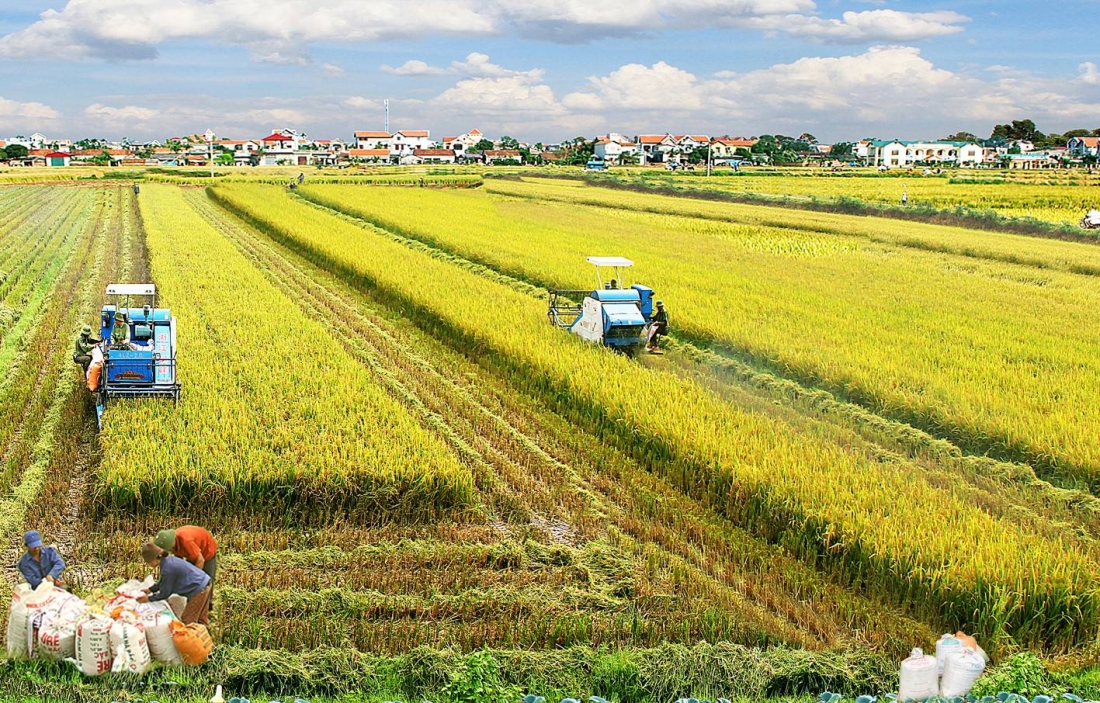In Senegal, the agricultural sector plays a crucial role in the economy and society, forming the backbone of life and the economy for millions of people. This sector is a significant source of income and employment, particularly for rural populations.
The agricultural sector contributes 15% to Senegal's GDP and employs approximately 22% of the active population. In 2023, it was the main driver of the country's economic growth.
Senegal's real GDP grew by 4.3% in 2023, compared to a 3.8% increase recorded in 2022, according to the World Bank's annual report on the country's economic situation.
According to the financial institution, the growth in economic activity was primarily driven by the dynamism of the agricultural sector, whose main branches performed well.
Total cereal production increased by 16% year-on-year, reaching 4.25 million tons.
While rice remains the primary cereal cultivated, millet showed the highest growth, with a 23% increase.
"The agricultural sector also benefited from the performance of peanut production, which is expected to increase by 15% year-on-year, as well as the dynamism of cottonseed production, which saw a 7% increase year-on-year," the report highlights.
The World Bank attributes these positive developments to favorable weather conditions and public support policies under the Agricultural Program for Sustainable Food Sovereignty (PASAD), implemented from 2021 to 2025.
Additionally, livestock recorded an improvement in its growth rate to 3% year-on-year in 2023, compared to a 0.3% increase in 2022.
Despite facing numerous challenges, the Senegalese agricultural sector remains a major axis of economic development, with significant potential to improve food security, reduce poverty, and stimulate economic growth in the country.











